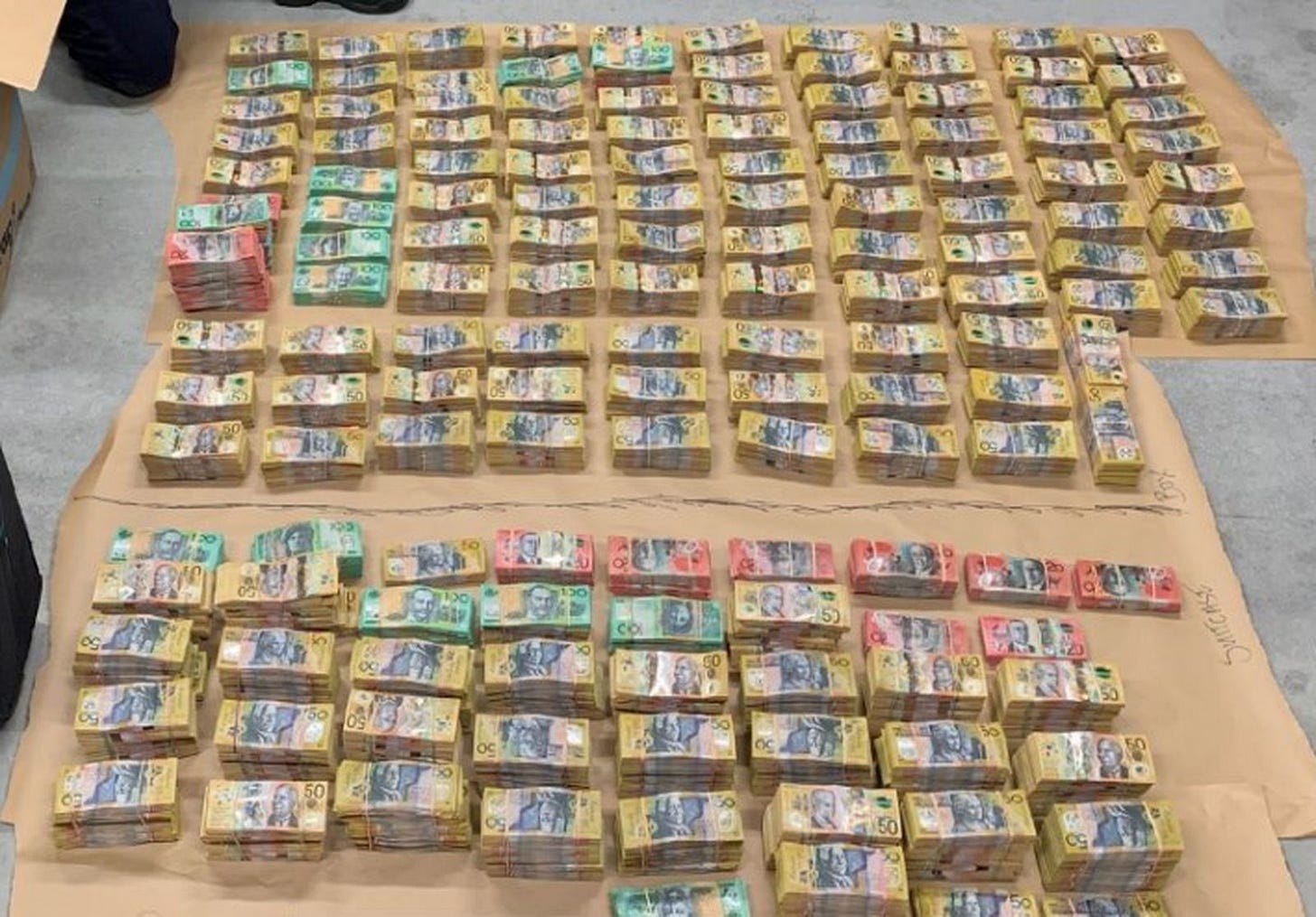A polymer paradox
The governor of the Reserve Bank of Australia Philip Lowe has more than once referred to the interesting dynamics around cash down under. The paradox is that despite retail points of sale tending toward cashlessness, the demand for banknotes is close to a half century high. More specifically, he has pointed out that "there are 14 $100 notes on issue for every Australian, 30 $50s, and seven $20s. That makes for around $3000 worth of banknotes on issue for every Australian”, before going on to ask where exactly all that cash is, saying that “I, for one, don't have anywhere near that amount”.
Me neither, although I just checked and I do have A$25 in my travel draw in my study, so perhaps one explanation is that lots of visitors get some Aussie dollars out at the airport and then discover that they never need them because there’s nowhere that you need to use cash and then forget to spend them before they leave. But that can’t account for anything but a tiny fraction of the $75 billion odd in circulation.
We need to look elsewhere for the missing money. In a November 2018 speech in Sydney, Mr. Lowe further referred again to the apparent paradox between the declining use of cash and that rising value of banknotes on issue. This is not a purely Australian phenomenon. We see the same paradox in the UK, because the fact is that in developed markets cash is no longer primarily a means of exchange. Figures from the Bundesbank show that nine out of every ten euro banknotes issued in Germany are never used in payments but hoarded at home and abroad as a store of value. Not “rarely”. Not “infrequently”. Never. The notes are not "in circulation" at all but are stuffed under mattresses.

The main explanation given by the RBA is that some people choose to hold a share of their wealth in Australian banknotes. In RBA Research Discussion Paper 2018-12 "Where’s the Money‽ An Investigation into the Whereabouts and Uses of Australian Banknotes”, the authors (Richard Finlay, Andrew Staib and Max Wakefield) go in to some detail to determine that of total outstanding banknotes:
15–35 per cent are used to facilitate legitimate Transactions (I’d actually be surprised if it was ten per cent by now);
roughly half to three-quarters are hoarded as a store of wealth or for other purposes, of which
we can allocate 10–20 percentage points to domestic hoarding (this now seems small to me, given the lack of transactional usage and the ban on cash transactions over $10,000);
up to 15 percentage points to international hoarding, which includes the A$25 in the draw in my study;
4–8 per cent are used in the shadow economy. Some more recent figures show that up to A$1 billion is held by drug dealers alone at any one time before they convert their earnings to assets);
and 5–10 per cent are lost.
[bctt tweet="These are very broadly similar to the Bank of England’s calculations. In general, it seems that very little cash is used for legitimate transactions and central banks see the biggest use of it as for hoards." username="dgwbirch"]
Personally, I distinguish between hoards and stashes and I have a strong suspicion that cash (in particular those $100 bills that the governor refers to) are a major component of stashes and that the provision of cash therefore provides something of subsidy to the criminal fraternity. But this of course may simply be my suspicious mind. I’m sure most of those $3,000 in banknotes for every Australian are used for entirely legitimate reasons.

Anyway, good news. Some of the missing Australian banknotes have turned up. A Mr. Simon Cross was pulled over in Queensland this week and when the police looked in his car they found $4.35 million in cash ($1.75 million in a suitcase and $2.61 million in a cardboard box). I don’t doubt that there is an entirely innocent explanation for Mr. Cross’ mobile hoard. I expect his preference for cardboard boxes full of cash is wholly reasonable response to the low interest rates currently available on Australian savings accounts.




